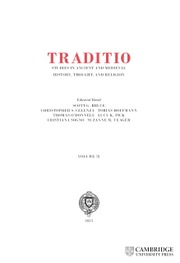The Apse Mosaic in Early Medieval Rome
This book focuses on apse mosaics in Rome, which were commissioned by a series of popes between the sixth and ninth centuries CE. Through a synchronic approach that challenges current conceptions about how works of art interact with historical time, Erik Thunø proposes that the apse mosaics produce an inter-visual network that collapses their chronological succession in time into a continuous present in which the faithful join the saints in the one living body of the Church of Rome. Throughout, this book situates the apse mosaics within the broader context of viewership, the cult of relics, epigraphic tradition, and church ritual while engaging topics concerned with intercession, materiality, repetition and vision.
- The only detailed, large-scale study of the early medieval apse mosaics in Rome
- The first analysis that combines viewer reception with liturgy, inscriptions, materiality, and the cult of relics
- Offers analysis of the mosaics' inscriptions, which changes our view of text-image relationships in medieval art
- Gives analysis of repetition, which challenges our view of the early medieval apse mosaics and their relationship to chronological time
Product details
April 2015Hardback
9781107069909
358 pages
262 × 188 × 23 mm
0.95kg
104 b/w illus. 25 colour illus.
Available
Table of Contents
- 1. Repetition: saints, popes, and golden texts
- 2. Transformation: from material church to spiritual body
- 3. Incorporation: becoming a living stone
- 4. Networking: building a communion sanctorum
- Afterword: meaning and presence
- Appendix.

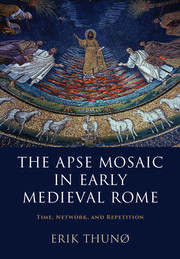
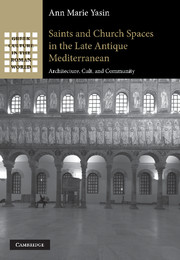
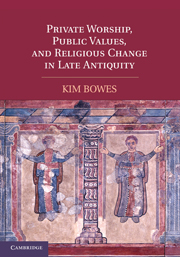
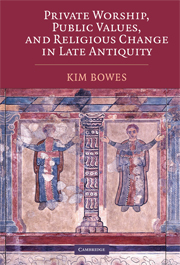
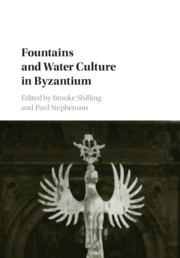


.jpg)
.jpg)
